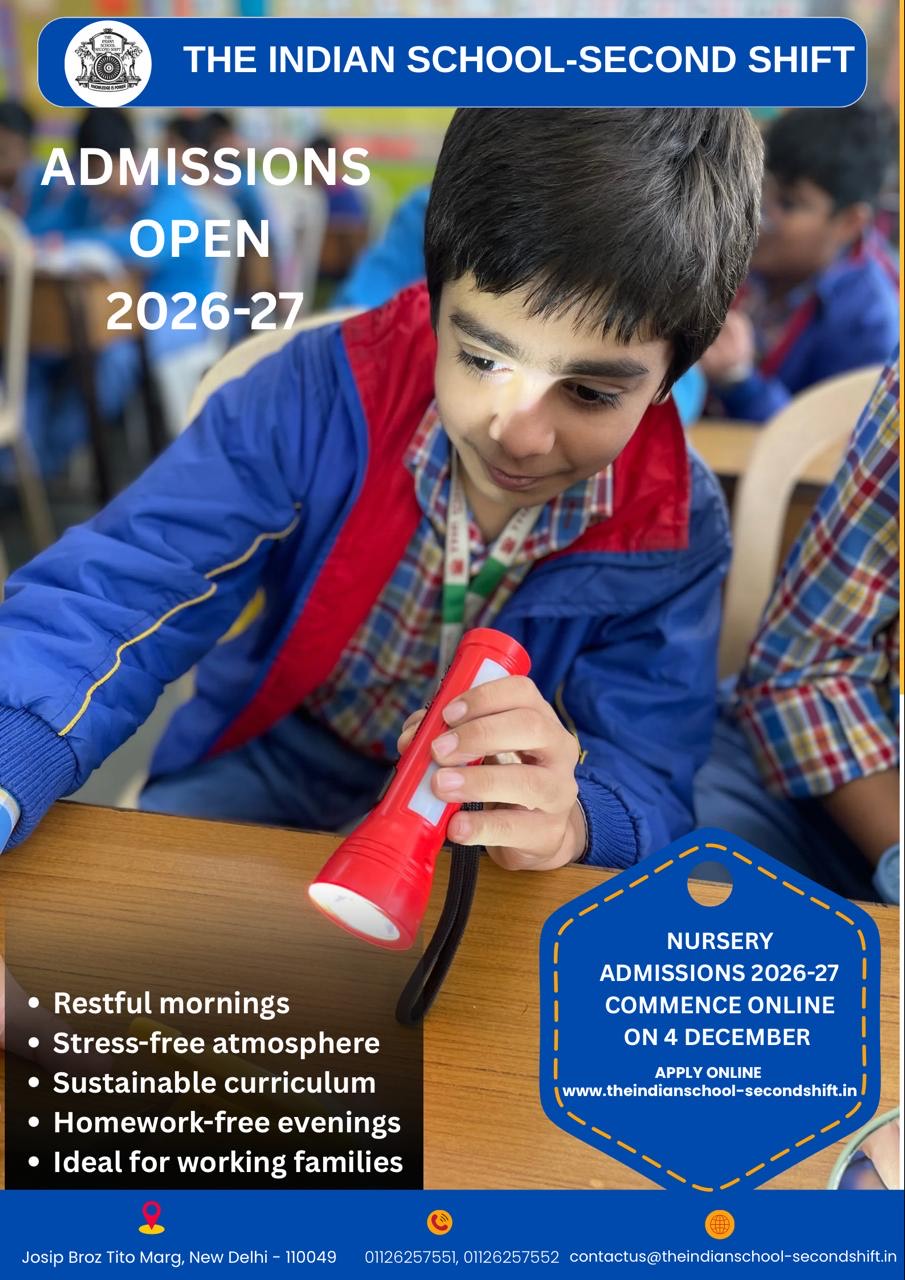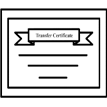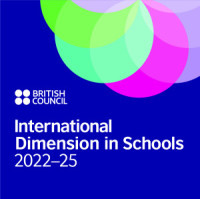Workshop on Quality Circle Time by Ms. Jenny Mosley
18th and 19th July 2014 at Vasant Valley School
The auditorium at The Vasant Valley School had a audience of approximately 400 teachers from schools across the city. Ms.Mosely set the tempo moving instantly by introducing, what she called an 'energiser'. It not only helped her assemble the attention of the heterogeneous audience but also worked as an live example of what she wanted teachers to incorporate in their day-to-day dealings with children. Once she had our attention, she handed us some basic 'class rules'. For example, she would raise her arm to indicate that all activity must stop and the audience should look in her direction.
Ms. Mosley emphasised that only happy and calm children learn. Children associate the Good Mood as SAFE and a Bad Mood as UNSAFE; hence the teacher must ensure that the child feels safe in the school environment. This may be achieved only when the teacher herself is in a gomood.
A safe and a happy environment at school may be achieved by following four basic steps as follows.
1.BIN IT All those thoughts that are an obstruction, need to be put away.
2.BAG IT All those thoughts that do not require immediate attention need be kept aside.
3.BUILD BRIDGES ACROSS in case you need to apologise and make up, do it.
4.BRING IT Thoughts that attract positive energy need to carried along.
She also said that we need to ask ourselves the following questions:
1.How good am I at managing my emotions?
2.Have I got good social skills?
3.Am I aware of the impact I have on other people?
4.Am I highly motivated by my job?
5.Can I empathise?
It was suggested that the best ways to deal with a set of students with varied needs are:
1.Ignore and distract
2.Use energisers
3.Vibrant teaching
A demo session was conducted with some class 4 students. 35 students were a part of the session and 3 students of the group were those with special needs. They were all made to sit in a circle with Ms. Mosley as a part of the circle. The students could clearly view each other and make eye- contact. A soft toy was then passed around. The students reacted differently; some patted it, a few tried to shake hands, some others said hello. As this was going on 2 students kept pacing within the circle. Their distraction was ignored and soon they got tired and sat down to join the game!
Next an energizer was used to focus the attention of the class. All students clapped their hands and made an animal sound. They repeated this a few times until the group broke out in laughter! At this juncture, it was concluded that the most important sound in the class room was laughter.
Hence the points listed for managing a class room situation well are:
1.Ignore and distract.
2.Give choices.
3.Eye contact.
4.Voice modulation.
5.Touch.
Ms. Mosley also suggested that we as teachers also need to spend time by ourselves doing what we like and generate the golden moment, as it were. This will not only give us a fresh start in the morning but also help us keep calm which in turn will motivate us in our work.
To demonstrate the importance of eye- contact in teaching, a session with class 8 students was conducted. They were asked how they reacted when the teacher did not look at them as they spoke in class. The responses were as follows:
1.Its not important.
2.Ignored.
3.I dont care. Etc. This session was more of an interactive one as compared to the one conducted with class 3 earlier.
The entire two day workshop was hands- on and an enriching learning experience. It not only taught us lessons to carry back for our colleagues but it also triggered a lot to introspect. As students, we carried back notes and shared them as a workshop with our colleagues.
Ms. Susan Thomas, Head Teacher.










